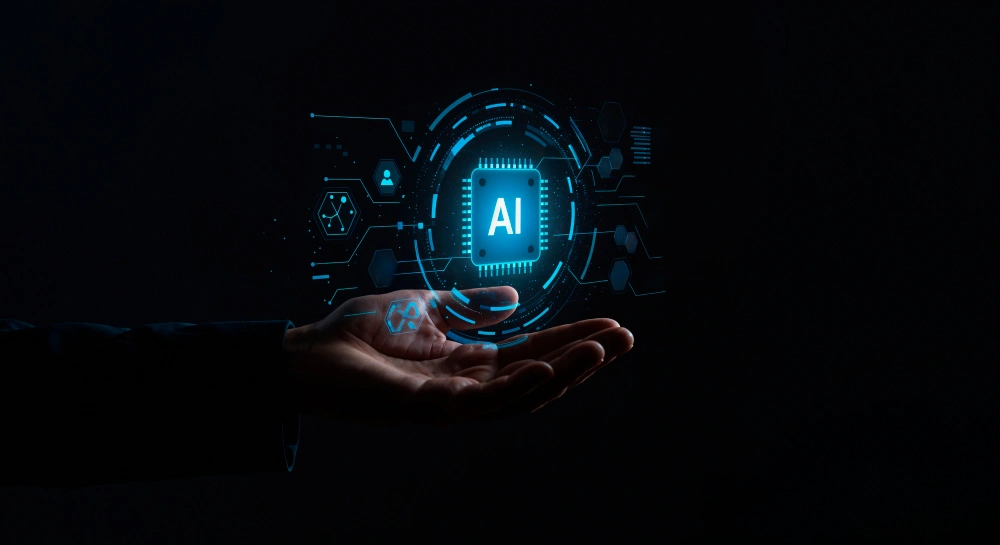
Traditional business automation has served its purpose for decades—processing fixed rule-based tasks and helping companies reduce costs and improve efficiency. However, in 2025, the digital business environment demands much more. Companies are under pressure to deliver hyper-personalized customer experiences, real-time decision-making, and autonomous operations. That’s where Agentic AI comes in—a transformative approach to automation that brings proactive intelligence to business-critical workflows.
As companies evolve, so must their automation strategies. Agentic AI, a specialized branch of artificial intelligence, enables software agents to operate autonomously, make decisions, and learn from environments. Unlike traditional automation that follows predefined rules, Agentic AI can dynamically respond to complex and unpredictable business scenarios.
Agentic AI refers to AI systems designed with agency—meaning they can make independent decisions based on goals, context, and environmental changes. These systems:
Observe and interpret inputs from multiple data sources.
Act autonomously based on real-time understanding.
Adapt and optimize performance through continuous learning.
This paradigm shift is redefining how businesses approach business-critical automation—from CRM and supply chain to cybersecurity and customer support.
Let’s examine how Agentic AI elevates automation from rule-based triggers to strategic, decision-making operations:
Agentic AI interprets data in context—understanding the “why” behind behaviors, not just the “what.” For example, in cybersecurity, Agentic AI can detect anomalies, evaluate risk levels, and take preventive action without human intervention.
Unlike reactive systems that only respond when prompted, Agentic AI agents pursue specific business goals. For instance, in e-commerce, it can automatically adjust pricing or recommend upsells based on customer sentiment and market trends.
These agents evolve over time by learning from historical data and feedback loops, improving decisions and minimizing errors in high-stakes environments.
Agentic AI scales beyond one department—it integrates across marketing, logistics, finance, and IT to drive coordinated automation strategies.
AI agents analyze customer behavior and context across channels (chat, email, voice) to deliver faster, personalized, and more empathetic responses. They can even escalate conversations proactively before customer frustration builds.
Agentic systems predict equipment failures before they happen, reducing downtime, improving safety, and saving millions in lost productivity.
In FinTech, these agents monitor transactions, detect fraud patterns, and automatically block high-risk activities while learning from new fraud tactics.
AI agents optimize routes, inventory levels, and vendor negotiations in real-time, adapting to global disruptions or market demands without needing constant human oversight.
Agentic AI tailors campaigns in real time—adjusting messages, offers, and timing based on evolving user preferences and behavior patterns.
| Feature | Traditional AI | RPA | Agentic AI |
|---|---|---|---|
| Decision-Making | Predefined Rules | Rule-based Automation | Goal-Oriented, Autonomous |
| Adaptability | Limited | None | High |
| Context Awareness | Low | None | Strong |
| Learning | Possible with ML | None | Built-in Continuous Learning |
| Use Case | Predictive Tasks | Repetitive Tasks | Complex Decision-Making |
Agentic AI doesn’t just automate tasks; it orchestrates intelligent behavior across the business ecosystem.
Implementing Agentic AI requires more than just tools—it demands the right AI strategy, partners, and platforms.
Start with the most valuable decision-making workflows: Where can autonomous AI agents save the most time, reduce risk, or improve outcomes?
Use open-source platforms like LangChain or commercial ones like OpenAI’s Agentic tools, depending on your data and integration needs.
Agentic AI implementation is complex. Collaborate with experts like Virstack’s AI Development Team who can help define your goals, integrate models, and ensure secure deployment.
Set up feedback loops and performance metrics to refine the behavior of your AI agents. Scale across teams once confidence is established.
Want to explore how LLMs supercharge AI agents? Read our previous blog: From Idea to AI: How LLM Development Services Accelerate Custom AI Product Launches
At Virstack, we blend AI innovation with business practicality. Our Agentic AI solutions help companies automate with intelligence—turning reactive workflows into self-optimizing engines. From AI voice agents to LLM-powered automations, we deliver enterprise-ready AI ecosystems tailored to your business model.
Let’s build Agentic AI solutions that drive growth, reduce operational complexity, and unlock new levels of automation.
👉 Schedule a Free Consultation with our AI experts today!